Scientists thought there was no way to verify the ‘quantumness’ of the enigmatic ‘spin’ just by watching it rotate – until now.
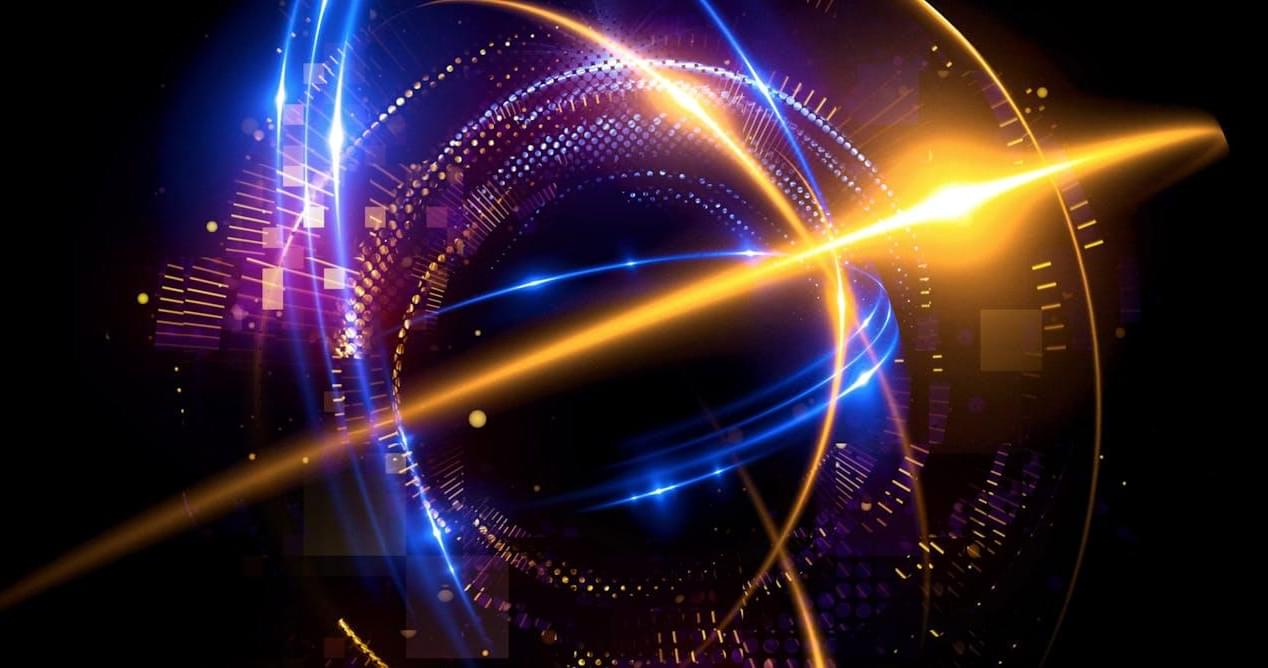

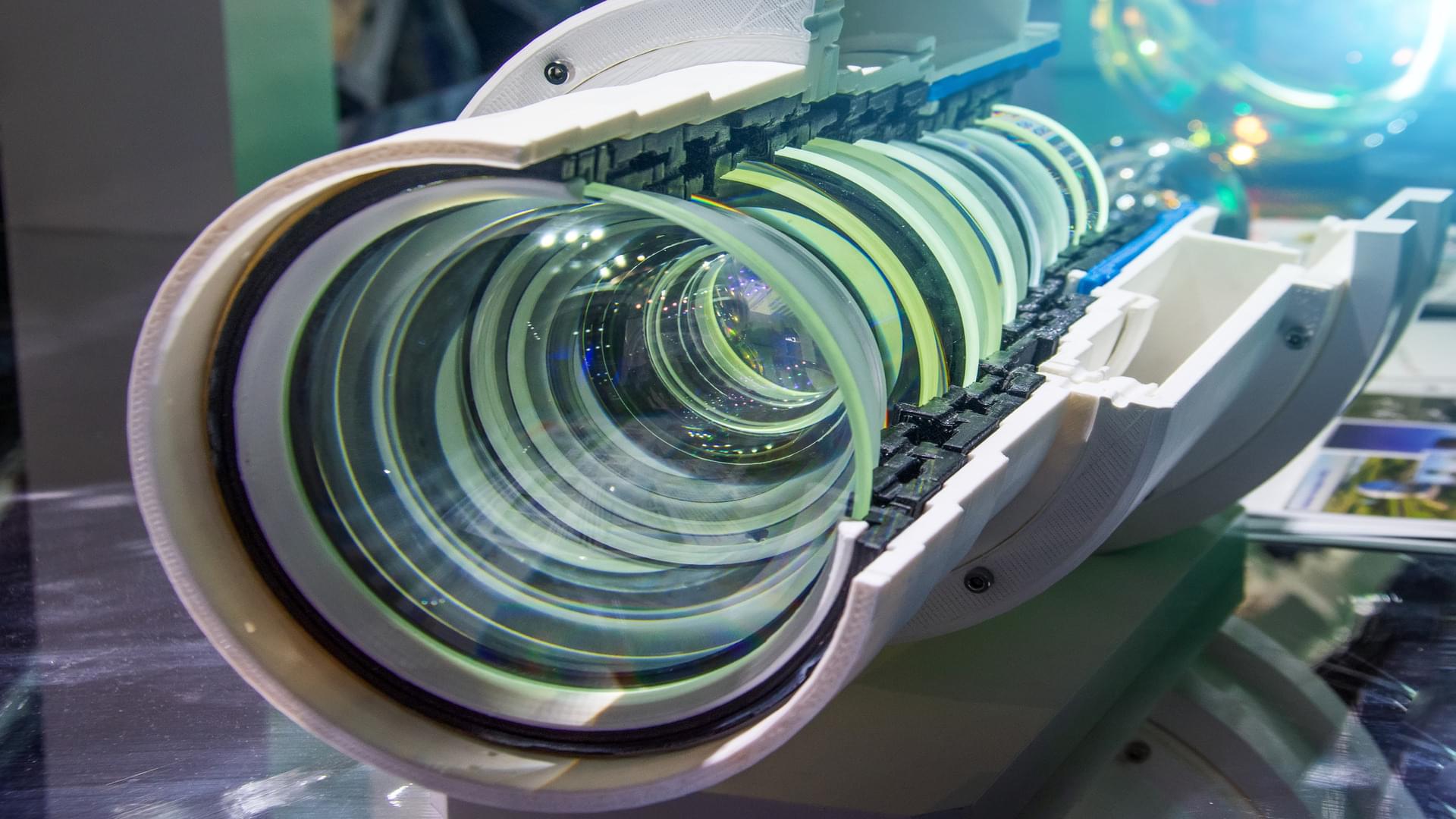
Researchers in Germany have developed a special technique that will allow better control over atomic reflections in quantum sensors. This new approach uses carefully engineered light pulses as atomic mirrors to cut noise and sharpen quantum measurements.
There’s a big difference between regular and quantum sensors. The former relies on classical physics to measure properties like temperature, pressure, or motion. However, their measurements are affected by factors like thermal noise, material quality, and environmental disturbances.
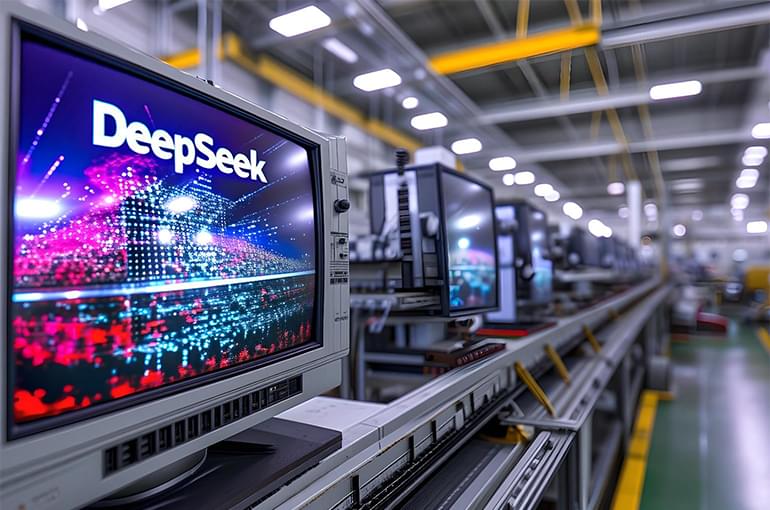
Devices that leverage quantum mechanics effects, broadly referred to as quantum technologies, could help to tackle some real-world problems faster and more efficiently. In recent years, physicists and engineers have introduced various promising quantum technologies, including so-called quantum sensors.
Networks of quantum sensors could theoretically be used to measure specific parameters with remarkable precision. These networks leverage a quantum phenomenon known as entanglement, which entails a sustained connection between particles, which allows them to instantly share information with each other, even at a distance.
While quantum sensor networks (QSNs) could have various advantageous real-world applications, their effective deployment also relies on the ability to ensure that the information shared between sensors remains private and is not accessible to malicious third parties.

This process, which cannot be understood satisfactorily by classical physics alone, occurs constantly in green plants and other photosynthetic organisms, such as photosynthetic bacteria. However, the exact mechanisms have still not been fully elucidated. Hauer and first author Erika Keil see their study as an important new basis in the effort to clarify how chlorophyll, the pigment in leaf green, works.
Applying these findings in the design of artificial photosynthesis units could help to utilize solar energy with unprecedented efficiency for electricity generation or photochemistry.
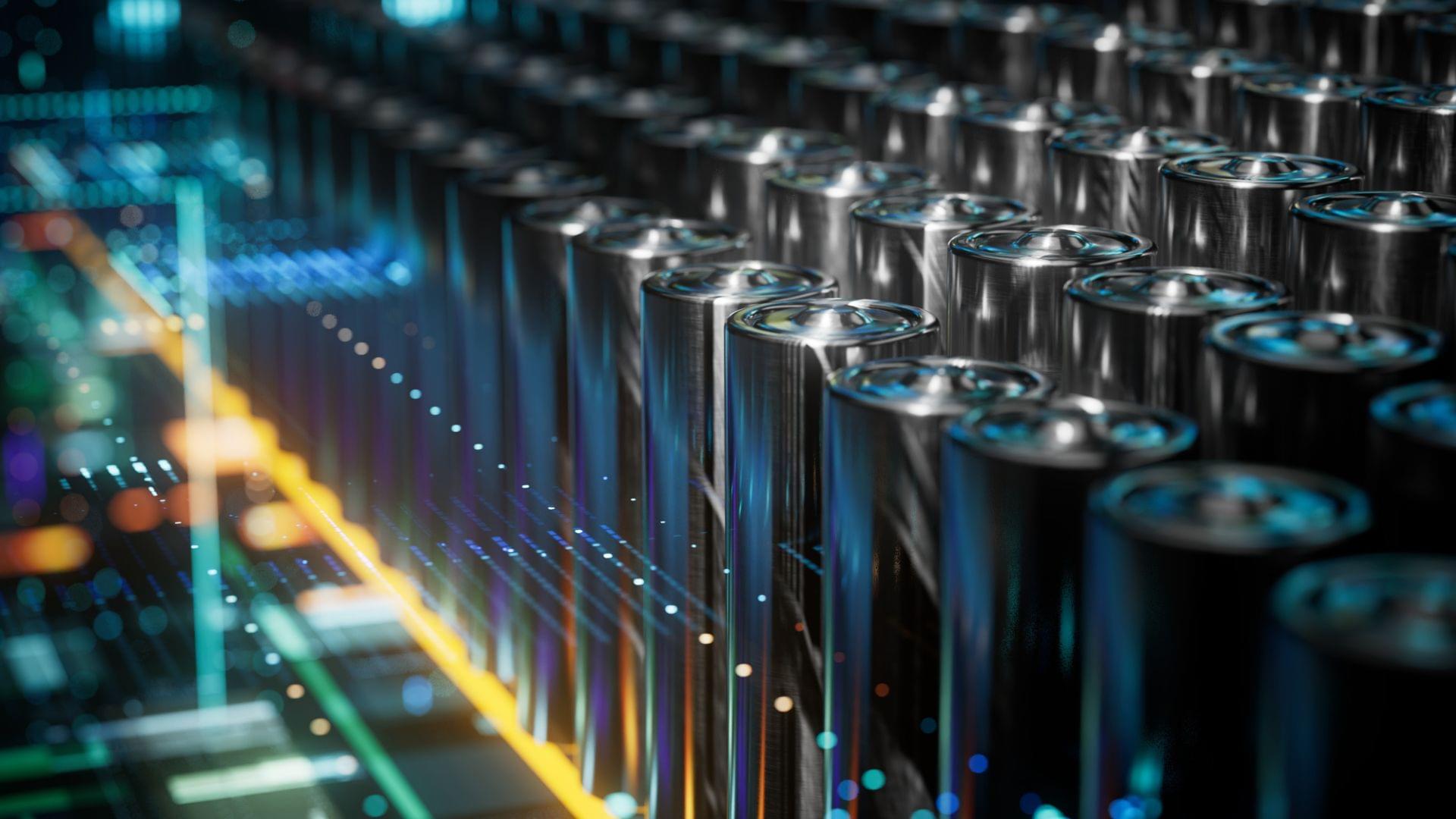
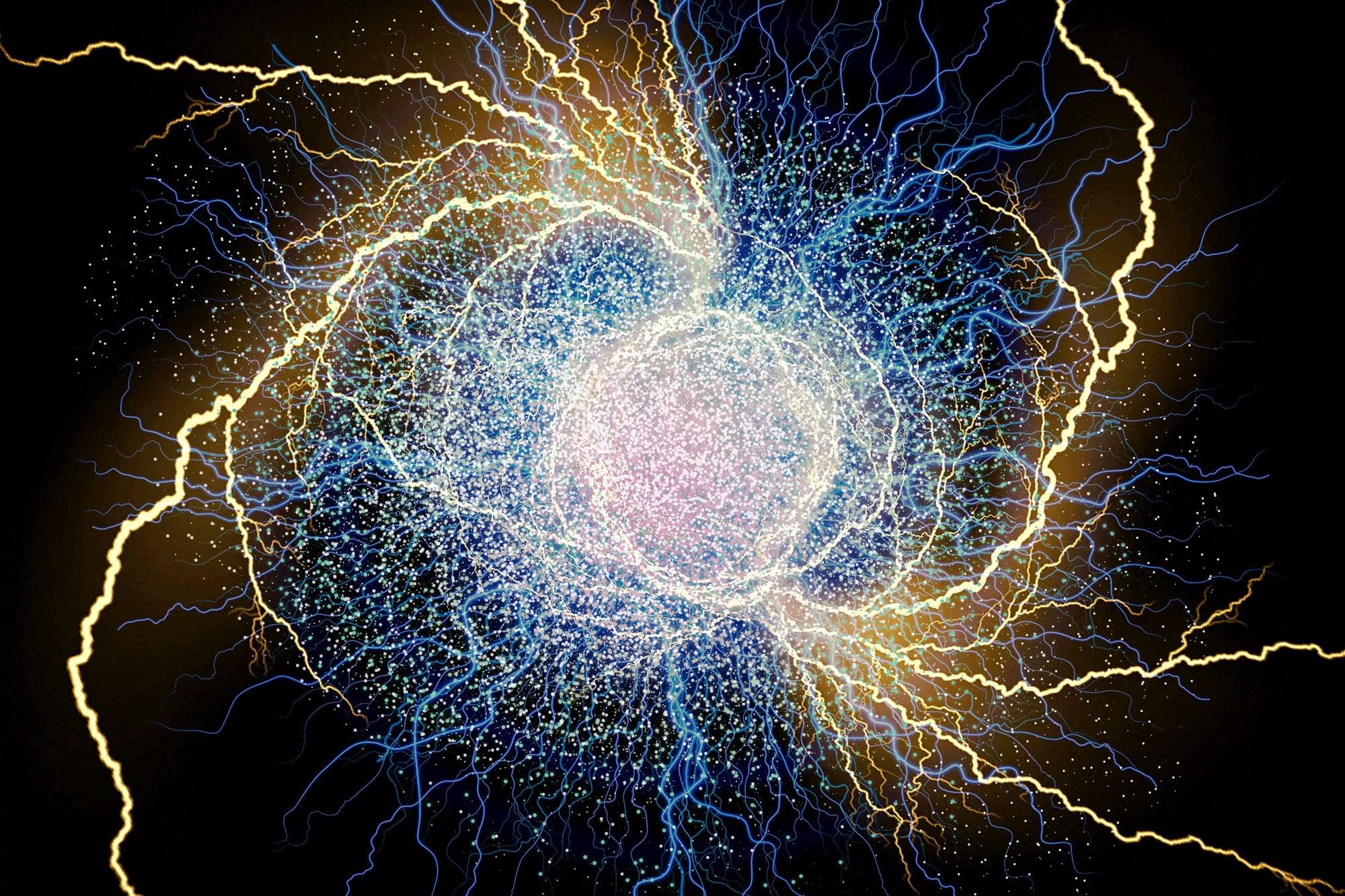

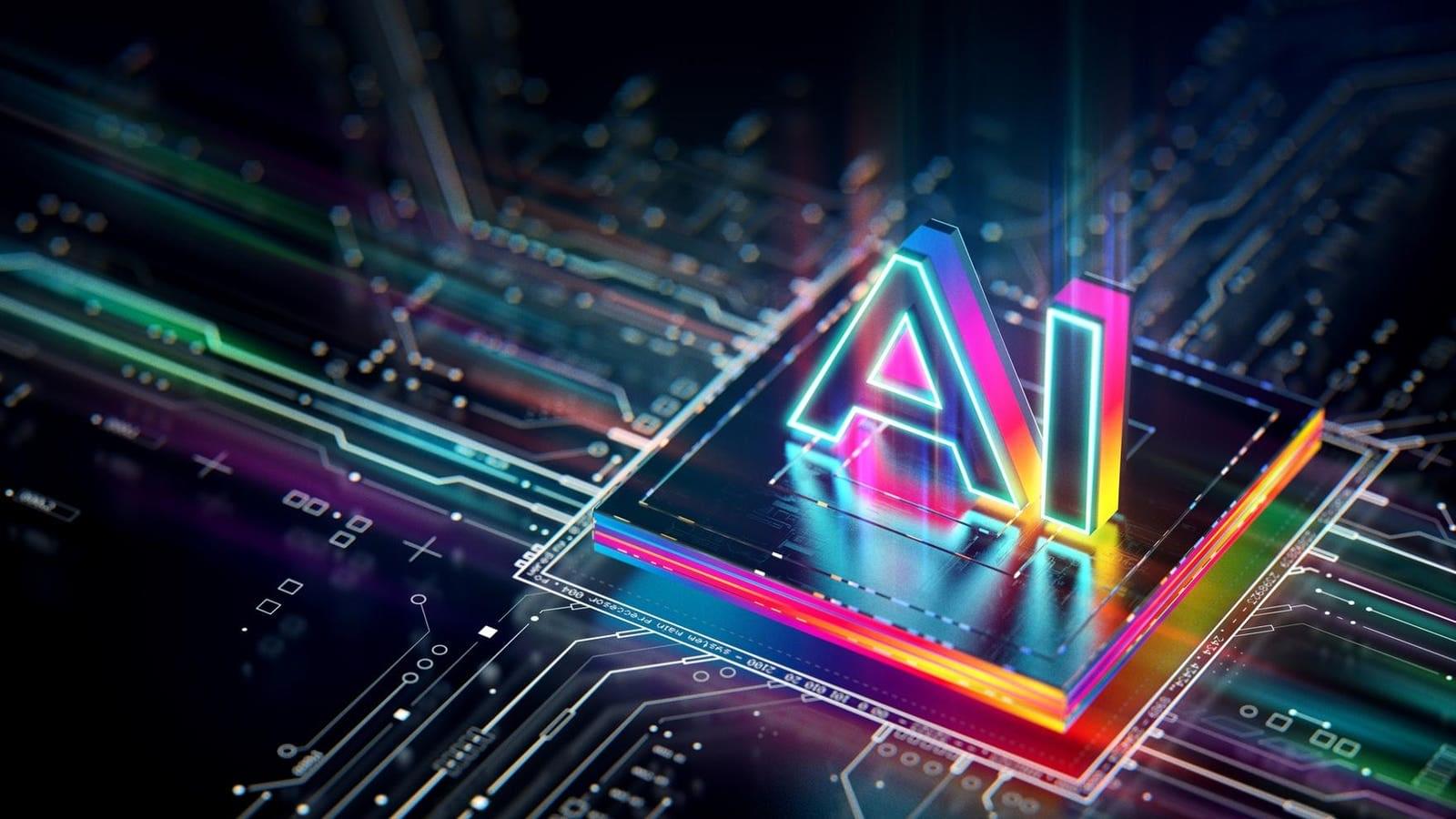
Yuval Boger is the Chief Commercial Officer of QuEra Computing, a leader in neutral-atom quantum computers.
Quantum computing and artificial intelligence stand at the forefront of modern technological advancement, each representing a paradigm shift that can transform industries ranging from healthcare and finance to logistics and materials science. Not long ago, these two fields appeared to be competitors vying for the same innovation budgets—while AI generated immediate returns, quantum computing was seen as a more speculative endeavor. However, the reality is more nuanced. Rather than being rivals, quantum and AI can symbiotically accelerate one another’s progress, sparking breakthroughs that neither could achieve in isolation.
AI is widely deployed today, driving business value via deep learning models, sophisticated analytics platforms and even self-driving technologies. Executives can see tangible returns in short timeframes, spurring widespread adoption. Quantum computing, by contrast, has yet to reach full commercial viability.
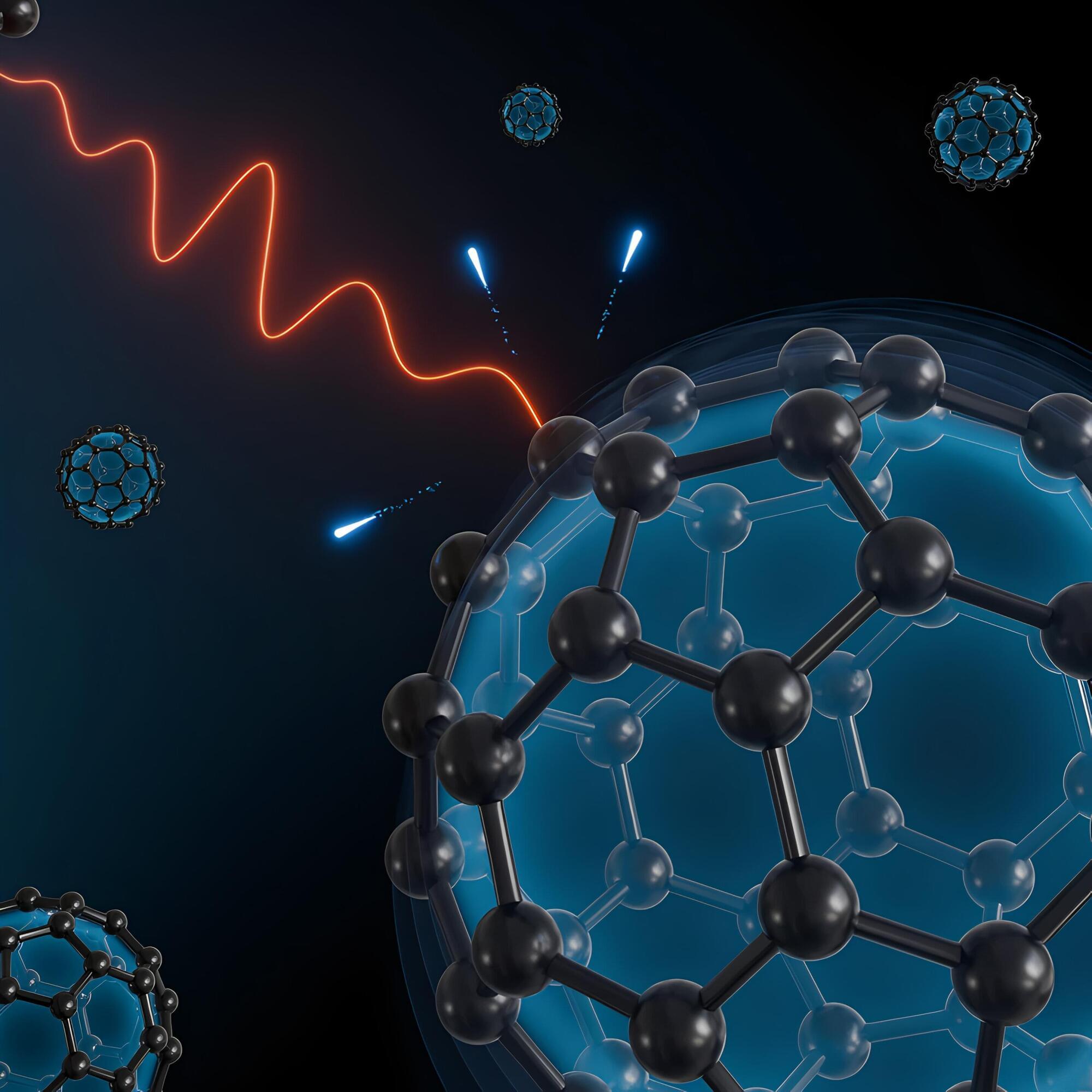
Attosecond time-resolved experiments have revealed the increasing importance of electronic correlations in the collective plasmon response as the size of the system decreases to sub-nm scales.
The study, published in the journal Science Advances, was led by the University of Hamburg and DESY as part of a collaboration with Stanford, SLAC National Accelerator Laboratory, Ludwig-Maximilians-Universität München, Northwest Missouri State University, Politecnico di Milano and the Max Planck Institute for the Structure and Dynamics of Matter.
Plasmons are collective electronic excitations that give rise to unique effects in matter. They provide a means of achieving extreme light confinement, enabling groundbreaking applications such as efficient solar energy harvesting, ultrafine sensor technology, and enhanced photocatalysis.
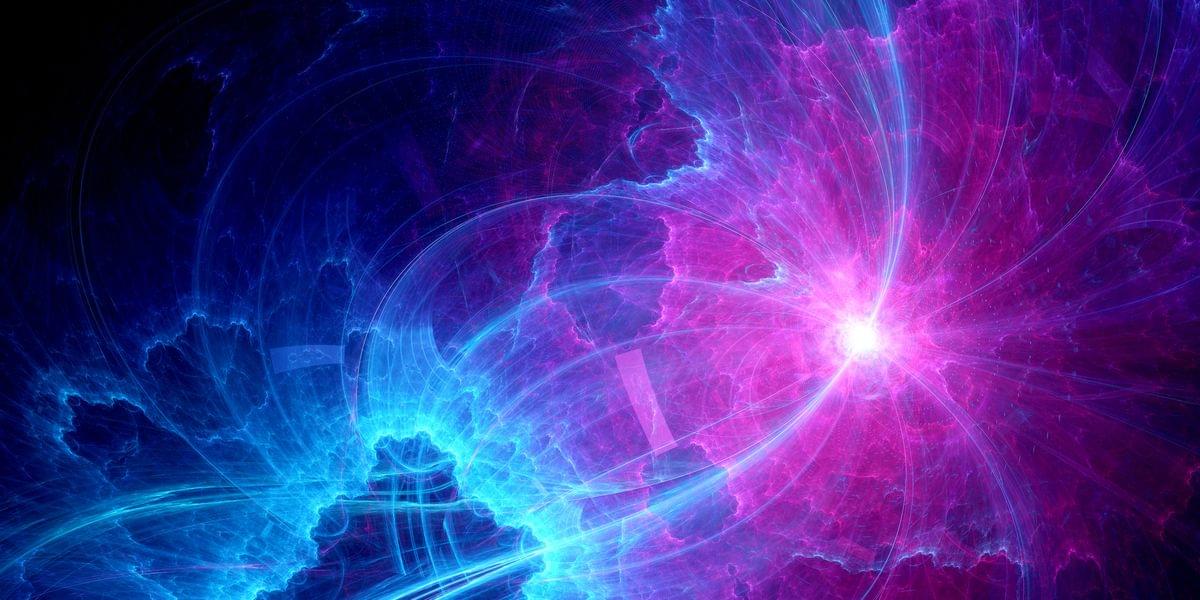
To test this new system, the team executed what is known as Grover’s search algorithm—first described by Indian-American computer scientist Lov Grover in 1996. This search looks for a particular item in a large, unstructured dataset using superposition and entanglement in parallel. The search algorithm also exhibits a quadratic speedup, meaning a quantum computer can solve a problem with the square root of the input rather than just a linear increase. The authors report that the system achieved a 71 percent success rate.
While operating a successful distributed system is a big step forward for quantum computing, the team reiterates that the engineering challenges remain daunting. However, networking together quantum processors into a distributed network using quantum teleportation provides a small glimmer of light at the end of a long, dark quantum computing development tunnel.
“Scaling up quantum computers remains a formidable technical challenge that will likely require new physics insights as well as intensive engineering effort over the coming years,” David Lucas, principal investigator of the study from Oxford University, said in a press statement. “Our experiment demonstrates that network-distributed quantum information processing is feasible with current technology.”